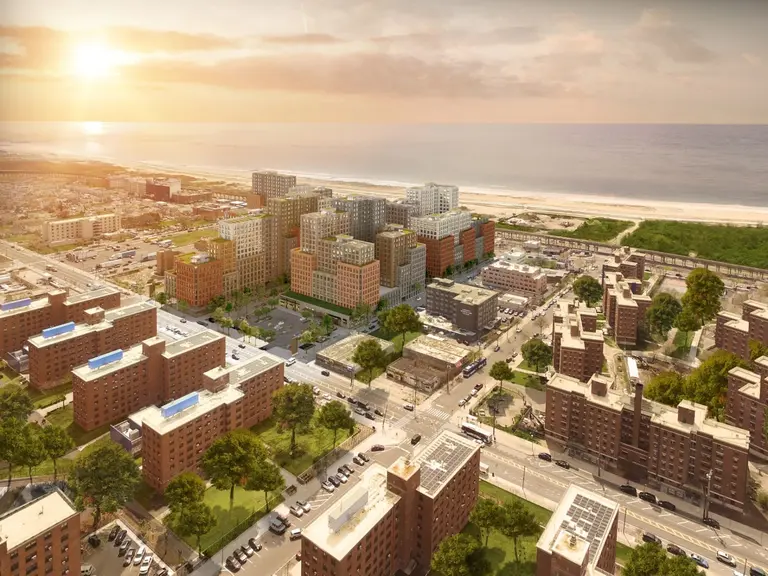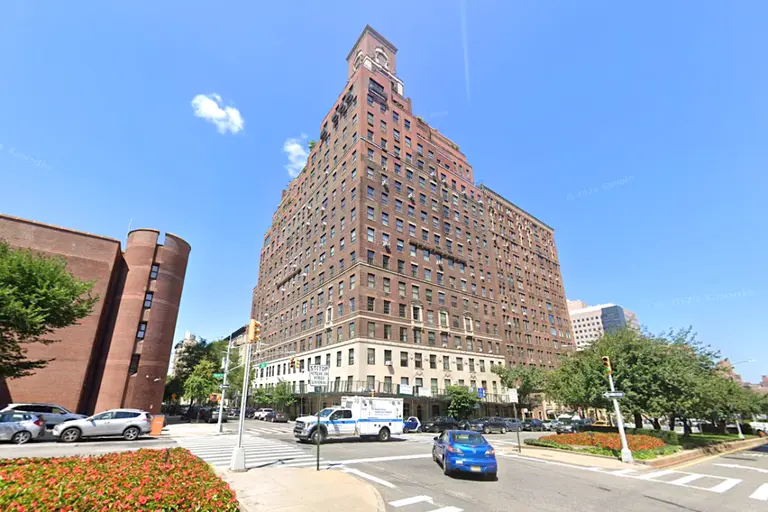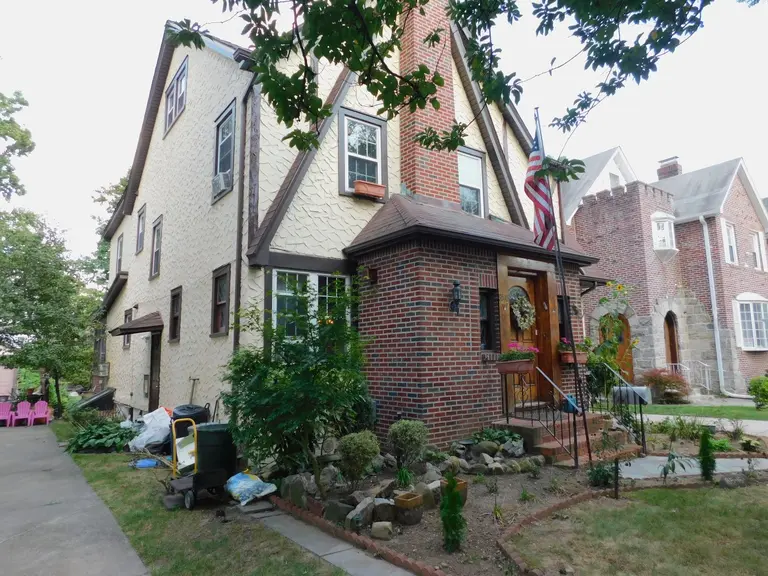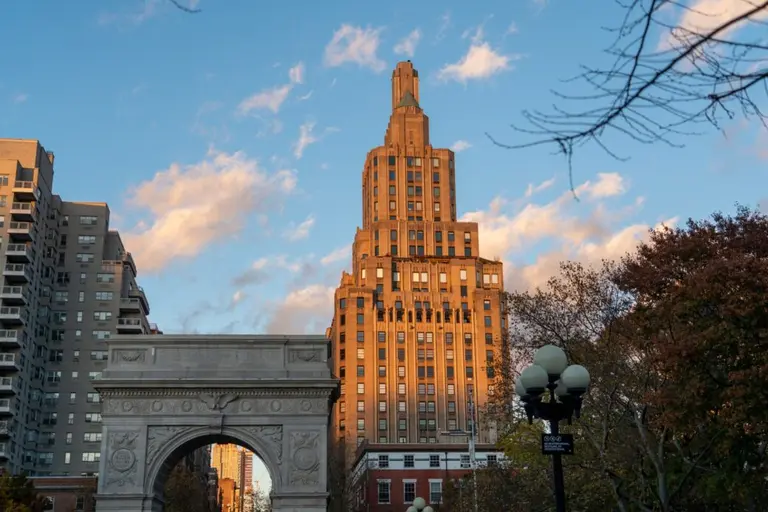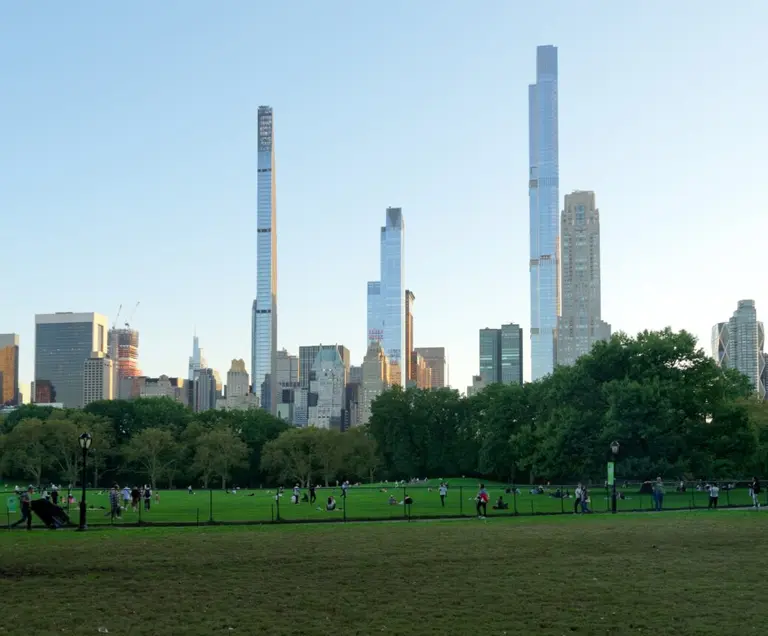With new buildings eager to fill vacancies, seasonal housing deals are on the rise

Photo via Pexels
Not only do NYC’s temperatures start to heat up in spring, but so does the rental market, particularly with students and recent graduates searching for short-term housing options to come to live and work in the city. Seasonal housing providers, who provide leases of 30 days or more, are finding more demand than normal (h/t amNY). Large apartment buildings feeling the glut of inventory on the market are choosing to rent their units for shorter terms versus yearly leases working under the assumption that any occupancy is better than vacancy.
Big Apple Living, a short-term rental company, is even offering big buildings assurances that their multi-year agreements will be fulfilled whether or not the units under contract are occupied. Many landlords are choosing to opt into agreements with short-term leasing agents even though it might mean losing out at higher rates should they pop later in the year, as they tend to do in the summer and fall. “During this winter, they all of a sudden came to us and offered us units. Even if they have one or two months of vacancies, it’s not worth it for them,” said Eli Moyal, managing partner of Big Apple Living, “We take the lease for two, three, four years — zero vacancy.” Big Apple rents corporate apartments from $3,500 a month and shared apartments for students and young professionals from $1,000 a month with a three-month commitment.
Stoop founder Zach Ehrlich, explains, “There’s unbelievable revenue to be earned from shifting their inventory. The typical apartment comes out on the market now, in April, and its rent for the next 12 to 24 months is largely driven by what went on in the market today. … Really that price of that apartment or bedroom should have some kind of yield in summer that’s different from the fall.”
In many buildings, there is a limit to how much of the building can be short-term. Most buildings cap the number of corporate apartments allowed in their buildings. Also, some new residents worry that season housing providers could jeopardize their 421-a tax abatement. But as the market softens, more and more people are open to the idea as long as they are clearly not less than 30-day rentals, like an Airbnb rental, which opens up a whole new can of worms.
CityRealty has hundreds of short-term listing on their site and recommends that, although it’s far from impossible to find a good short-term rental, it will require some work. Higher-end short-term rentals, which go for $5,000 to $15,000 a month are easier to find than less expensive ones. For higher-end rentals, brokers can help but they charge a fee. If you’re looking on a budget, there are a few different places to start your search and most involve subletting to avoid paying the broker’s fee on top of the few months rental. This article will help avoid any pitfalls and stresses that any short-term living arrangements are set up with oral agreements, but it’s safer to come up with a written agreement that stipulates your rights as a subletter. Or, if your goal is to come to the city to work for an employer who provides housing, check out this article and know that you will have hundreds of jealous friends who cannot believe you avoided the pains of house-hunting in the big city.
RELATED:
